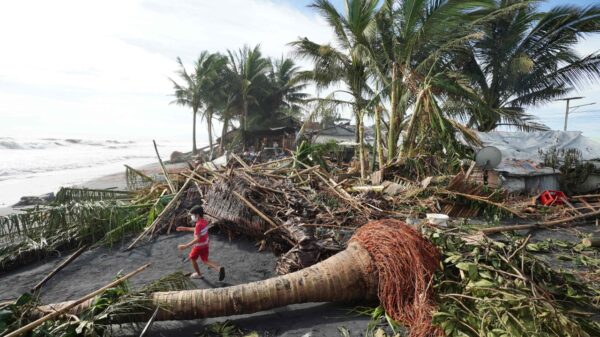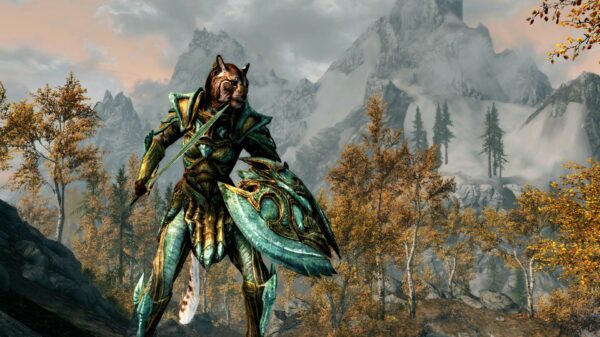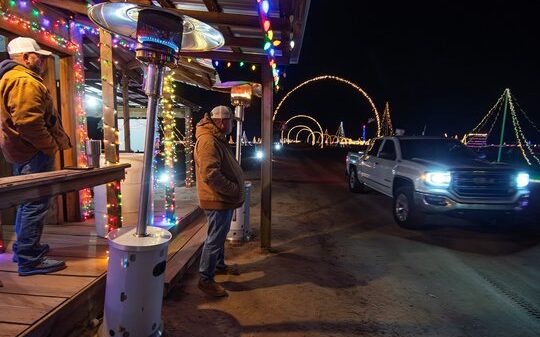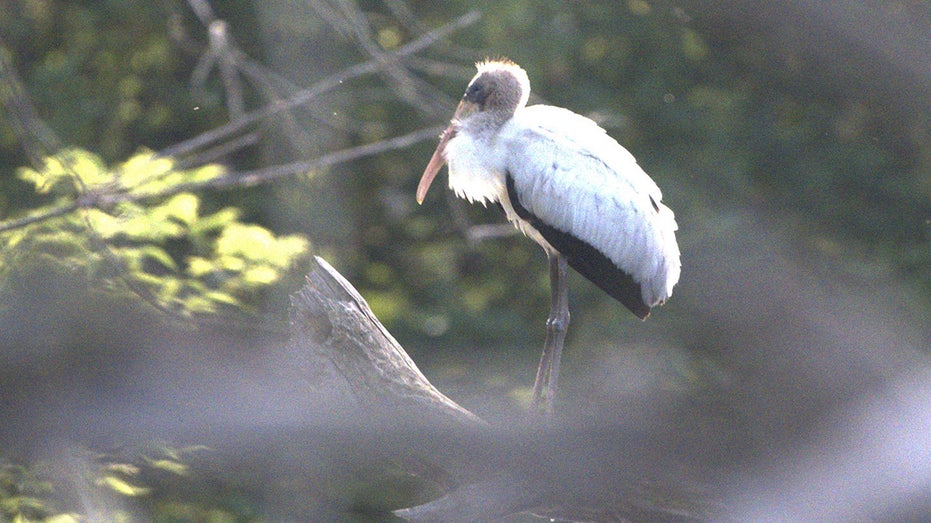URGENT UPDATE: A rare wood stork has been spotted an astonishing 1,000 miles from its natural habitat, raising concerns and fascination among wildlife enthusiasts. The bird was first seen on November 5, 2023, in the Mud Lake Wildlife Area of Columbia County, Wisconsin, by a deer hunter. This unexpected sighting has captured the attention of local wildlife officials and bird watchers alike.
The wood stork, which typically resides in the Gulf Coast states and parts of Central and South America, is currently listed as threatened under the Endangered Species Act. This juvenile bird, believed to have hatched this spring, was confirmed by Jeff Bahls, President of the Horicon Marsh Bird Club and a wildlife technician with the state’s Department of Natural Resources. Bahls described the bird’s light-colored bill as indicative of its youth, noting that adult wood storks develop darker bills as they age.
“This sighting is particularly fascinating as it highlights the unpredictable journeys of these birds,” Bahls stated. “This is the time of year when we do see these oddball stray birds.”
The wood stork was last observed on November 7, 2023, flying northeast alongside a flock of pelicans. Historically, the wood stork faced drastic population declines, with only 5,000 nesting pairs recorded in the United States during the 1970s. However, recent conservation efforts have seen this number rise to over 11,000 nesting pairs as of 2023, according to the Center for Biological Diversity.
Despite these gains, experts warn that urban sprawl and habitat destruction continue to threaten the species. “The wood stork has made a remarkable comeback, but we must remain vigilant,” said Stephanie Kurose from the Center for Biological Diversity. “Protecting wetlands is crucial to ensuring the ongoing survival of this bird.”
The presence of the wood stork in Wisconsin is not just an isolated incident; it reflects broader environmental changes affecting wildlife migration patterns. As climate change continues to alter habitats, birds like the wood stork are forced to adapt, often venturing far from their traditional homes.
This sighting presents an urgent call to action for conservationists and wildlife enthusiasts alike. The wood stork’s journey serves as a poignant reminder of the fragility of ecosystems and the ongoing need for habitat protection. As the bird continues its journey, officials urge the public to report any further sightings to assist in monitoring its whereabouts.
Stay tuned for more updates on this developing story as wildlife experts continue to track the wood stork’s movements.








































































